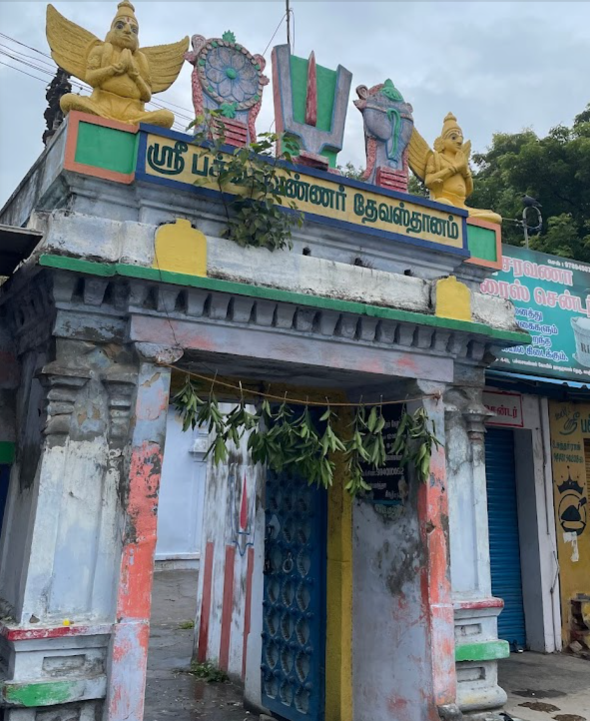Marichi Maharshi, a devoted follower of Lord Vishnu, had a pressing question. He wondered why Lord Vishnu, the supreme being, would choose to incarnate as a human, specifically as Lord Rama. He also questioned why Lord Rama allowed Ravana to abduct Mother Sita and whether it was necessary for Him to travel to Lanka with the help of Sri Anjaneya to rescue her, when He could have done it Himself.
To seek clarity, Marichi Maharshi prayed for a direct darshan of the Lord. When Lord Vishnu appeared before him, Marichi posed his questions. He asked if Lord Vishnu was indeed the one who incarnated as Rama, why He permitted Ravana to abduct Sita, and whether it was essential for Him to undertake such a journey to Lanka.
Lord Vishnu responded, “This incarnation was meant to fulfil the desires of My devotees. Lord Shiva, who is deeply devoted to Me, incarnated as Sri Anjaneya. Many joined Me in this mission, and I cherished their companionship. This avatar was also designed to demonstrate the ideal principles of family life. It was to show that sons should respect and obey their parents, brothers should live in harmony, and everyone should uphold proper conduct. This was to establish the rules for an ideal family structure.”
Lord Vishnu then gave darshan to Sage Marichi in the form of Pachai Vanna Perumal, clarifying all the doubts and fulfilling the sage’s quest for understanding.
